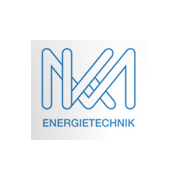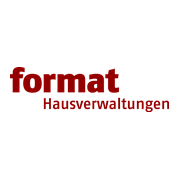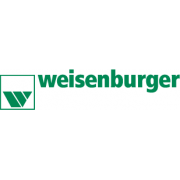When it comes to comparing costs between paper forms and mobile solutions, there are several factors to consider. In this blog post, we will look at how to compare costs to determine which option is the most cost effective.
1. Direct Costs Direct costs are the most obvious costs associated with using paper forms. These include paper, printer ink, and possibly even special paper forms that are required for certain purposes. On the other hand, mobile solutions have a purchase price for hardware and software needed to implement them.
2. Labor costs Labor costs are another important factor when calculating costs. Paper forms must be filled out manually and then subsequently transferred into a computer system. This requires time and labor, which can result in higher labor costs. With a mobile solution, data can be entered directly into the system, saving time and minimizing labor costs.
3. Error costs Errors made when using paper forms can result in additional costs. If data is entered incorrectly or not transmitted correctly, it can result in the problem not being properly resolved and it reoccurring later. With a mobile solution, data can be entered directly without errors, which can help minimize error costs.
4. Storage and Transportation Costs Paper forms must be stored, sorted, and possibly even transported. This requires additional costs to store, archive and transport the forms. With a mobile solution, data is stored directly digitally, minimizing storage and transportation costs.
Overall, there are many factors to consider when comparing costs between paper forms and mobile solutions. The direct cost of paper and ink, as well as the purchase price of mobile hardware and software, are important considerations. Labor costs, error costs, and storage and transportation costs should also be considered. It is important to weigh these factors carefully to determine which option is the most cost-effective.











